-
The Lap Pool by Robert Drewe Short Story Analysis
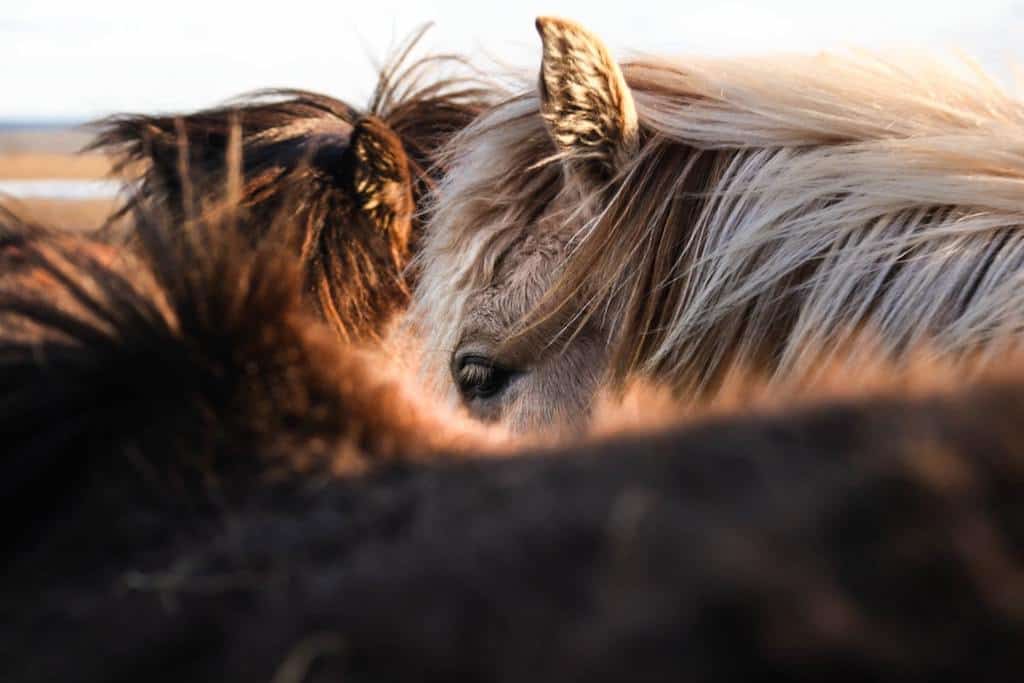
“The Lap Pool” is a short story by Australian author Robert Drewe, and the opening story in the 2008 collection The Rip.
-
White Outlines in Illustration
When illustrators use white outlines instead of the standard black, or near black, this conveys the look and feel of a traditional woodcut (or linocut) artwork. Since folk artists commonly used woodcuts to create their art, white outlines are therefore associated with folk art.
-
Snow White and Rose Red Fairytale Analysis
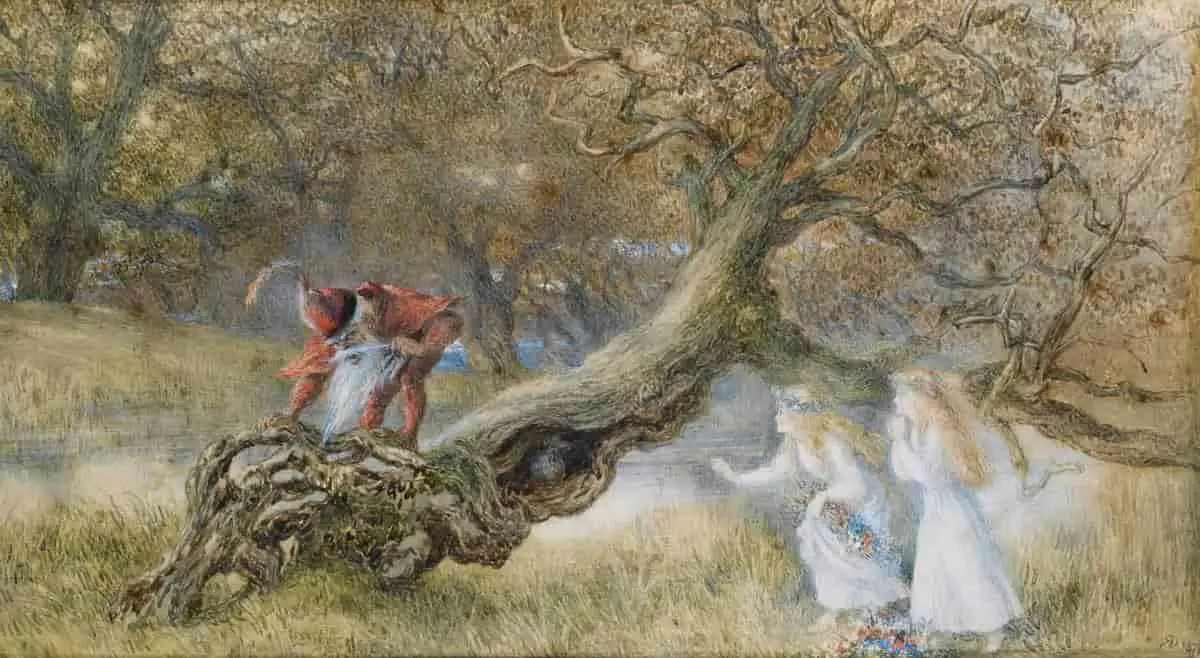
There are many slightly-altered versions of “Snow White and Rose Red” but I’ll refer to a version set down by the Grimm Brothers. This is the story of a lesser known Snow White.
-
Rosamund and the Purple Jar Analysis
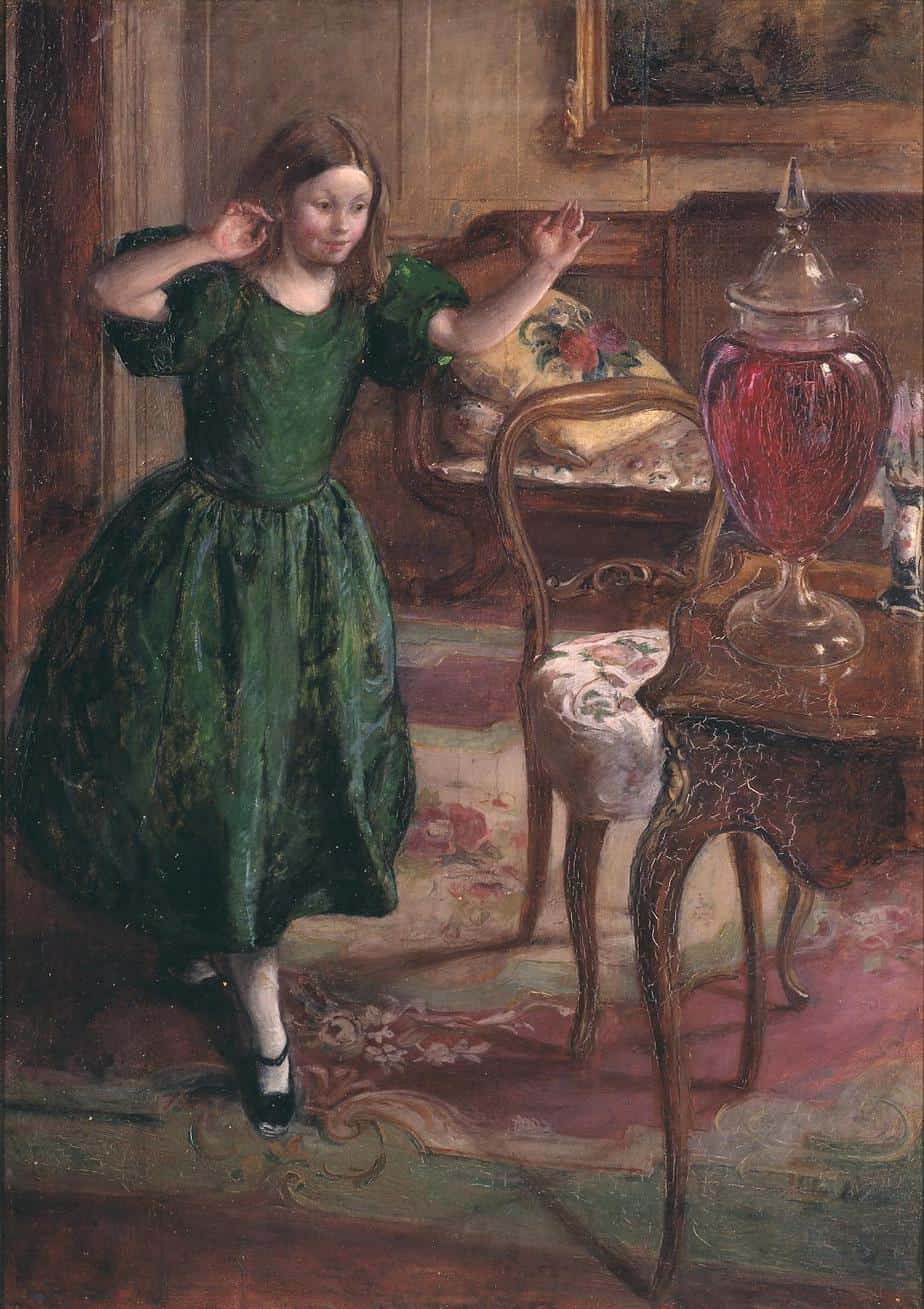
Rosamund and the Purple Jar is a didactic story for children, written by Maria Edgeworth, first published 1796. To remi
-
Feuille d’Album by Katherine Mansfield Analysis
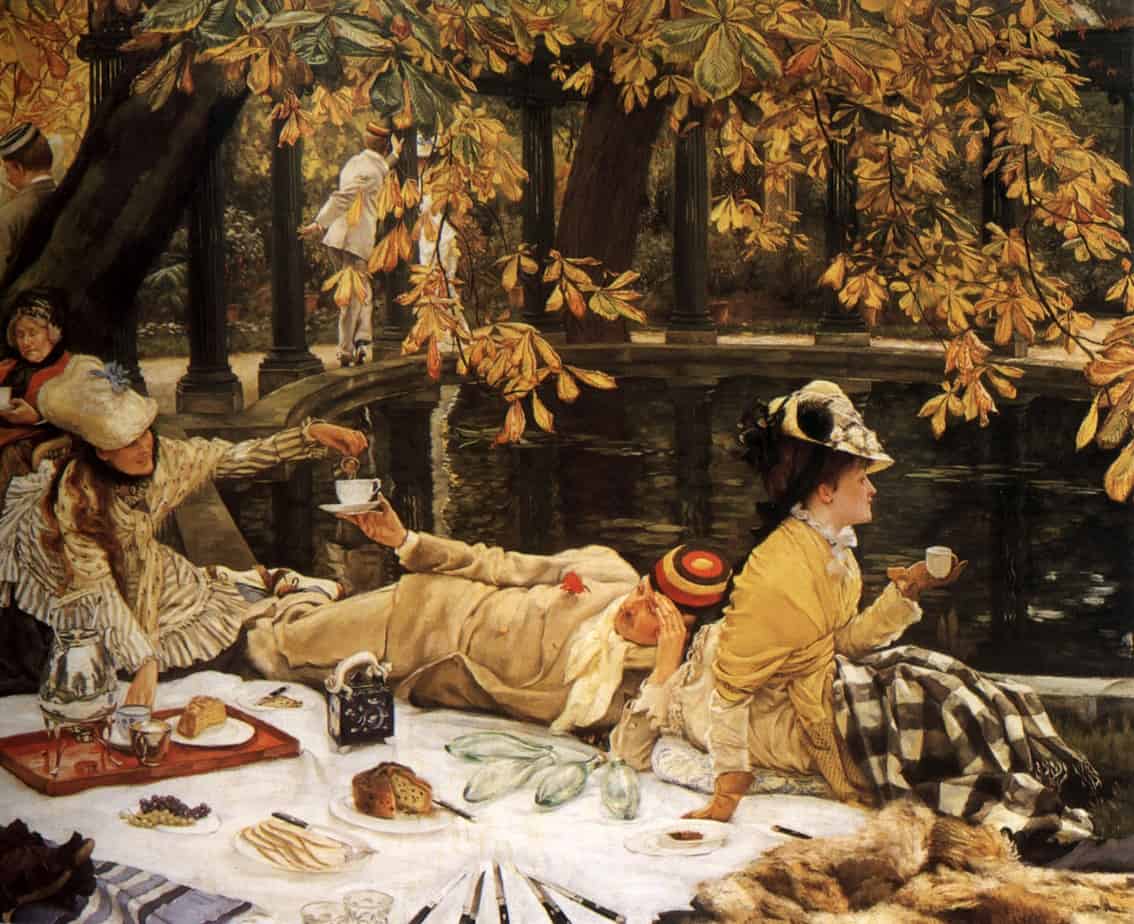
“Feuille d’Album” (1917) is a short story by Katherine Mansfield, included in the Bliss collection. The word ‘album’ comes from Latin, neuter of albus ‘white’, and used as a noun means ‘a blank tablet’. This is the story of a man who appears to have no personality. Because of this, a group of women become fascinated by him,…
-
Symbolism of the Beach in Australian Literature
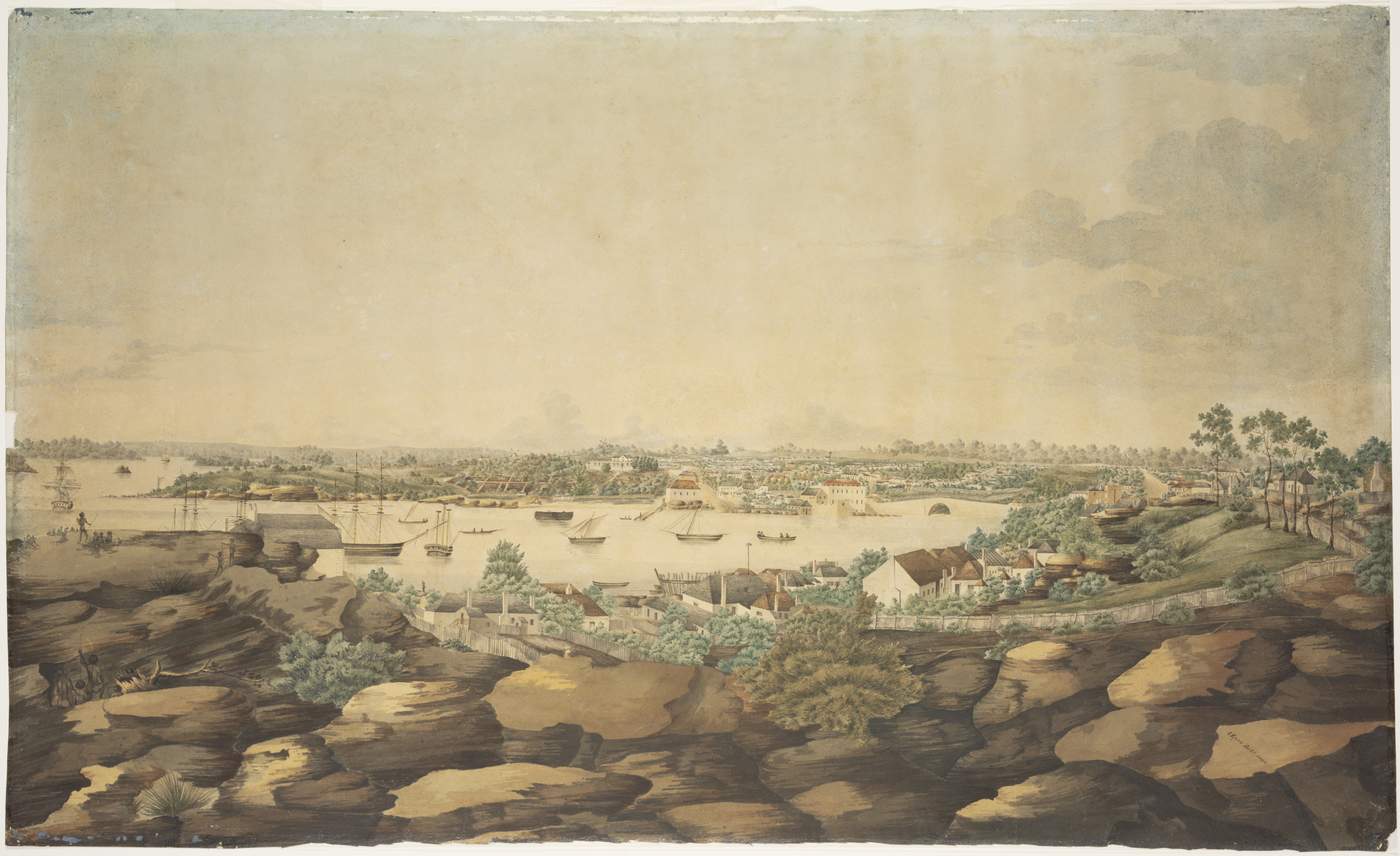
There are a great number of natural landscapes in Australia apart from beaches yet the beach has somehow become iconic.
-
Psychology by Katherine Mansfield Short Story Analysis
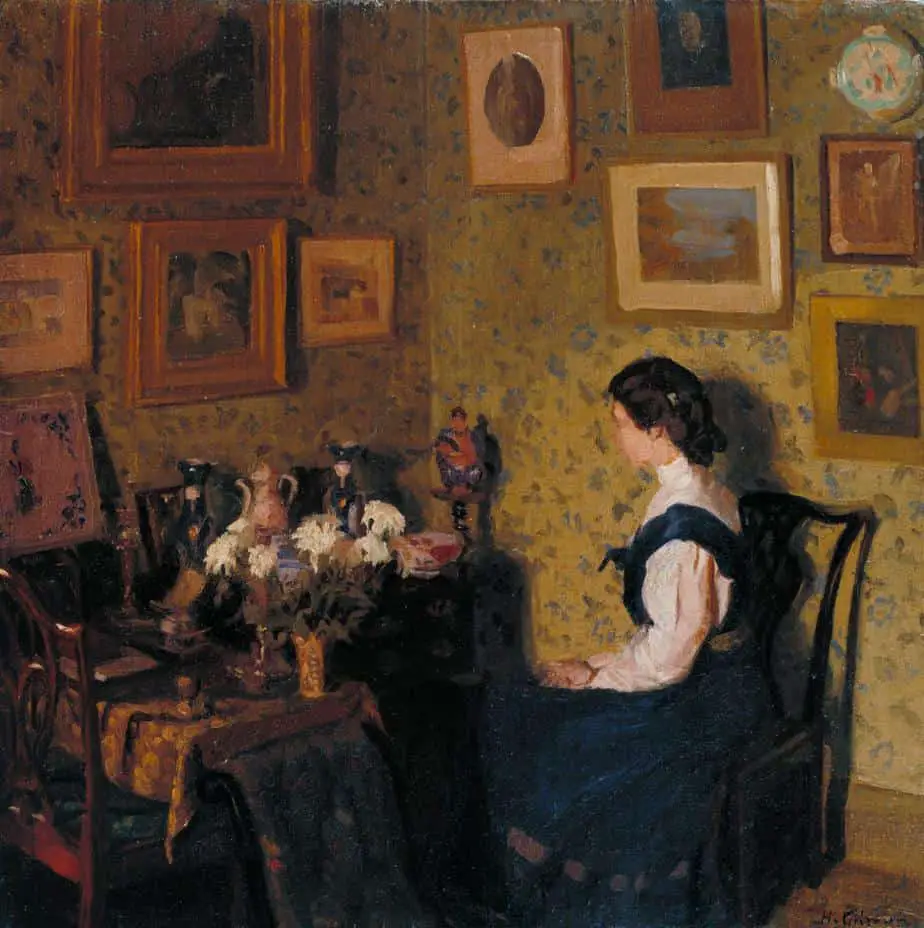
“Psychology” (1919) is a short story by Katherine Mansfield, redolent with sexual tension which unexpectedly morphs into something else at the end. As expected from the title, the bulk of the story comprises a character’s interiority. After first setting the mood, Mansfield gets right into a woman’s feelings. Yet do we feel we know her?…
-
The Symbolism of Crossroads
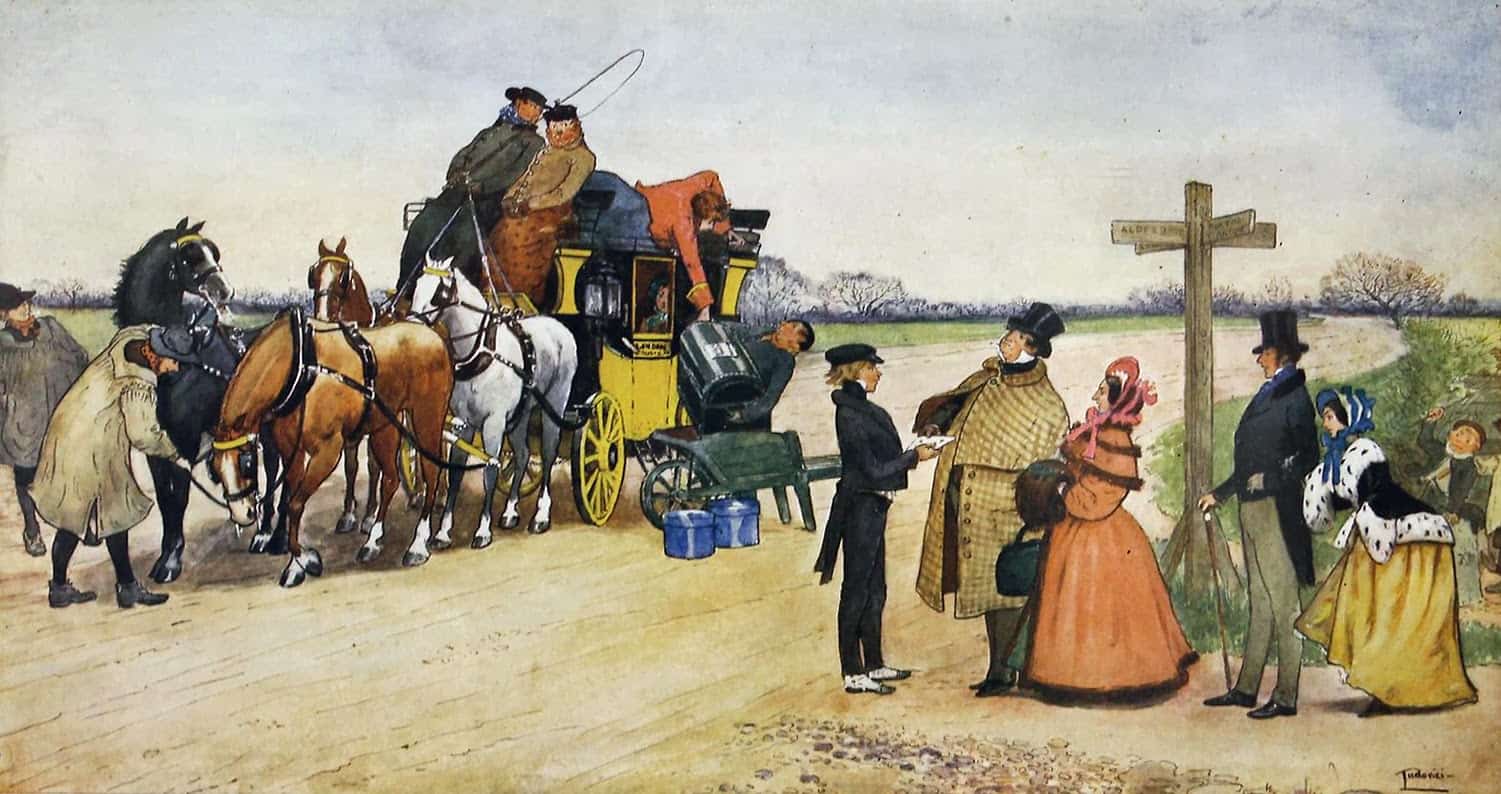
Crossroads in storytelling often indicated the place/time of decision. A anagnorisis occurs after the decision has been made. Character arc or penance follows. The ur-crossroads story features a character with special skills, who has supposedly traded his soul with the devil. One such story, attached to an actual person, is the story of Robert Johnson, who was so good…
-
Literary Impressionism: The Basics
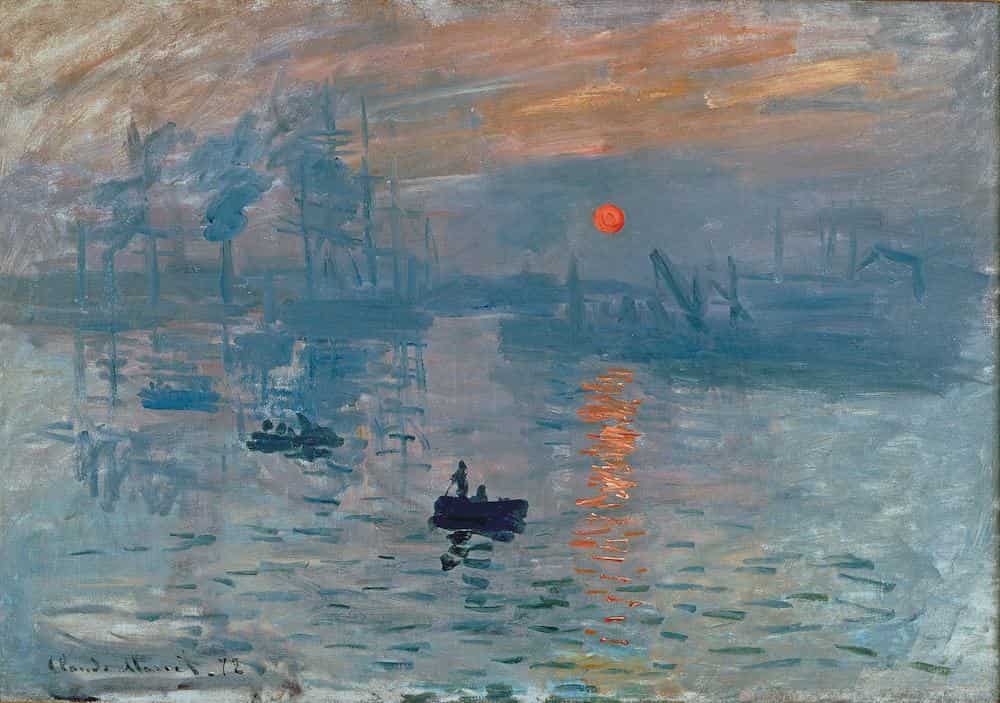
Literary impressionism centres on the following questions: Who am I and What is it all about?
-
Katherine Mansfield’s Influences
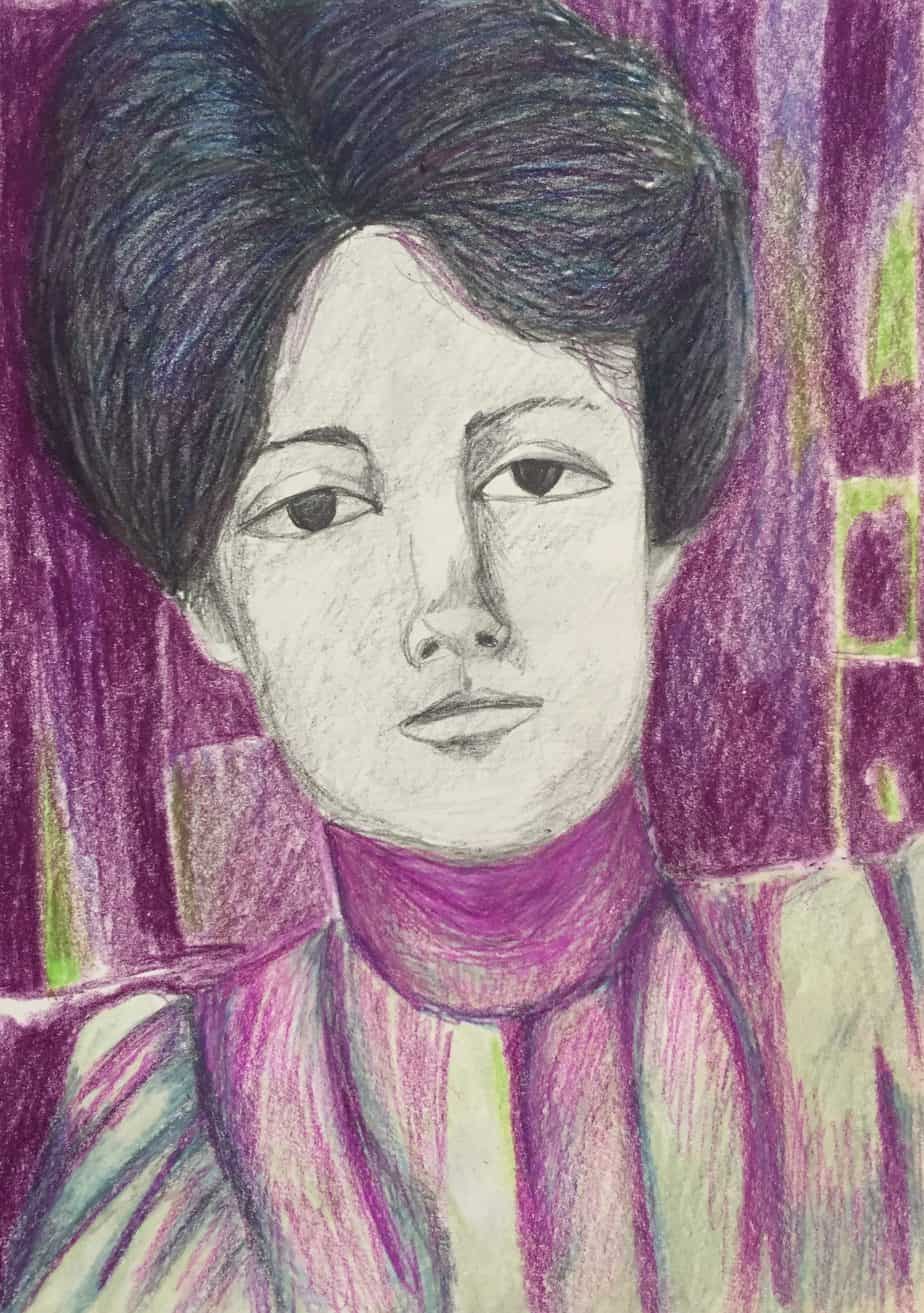
THE INFLUENCES OF PLACE AND ERA Katherine Mansfield grew up in middle class Wellington, New Zealand and moved to Europe as a young adult to finish her education in London. Some of her stories are influenced by her experiences in England, Belgium and Bavaria (In a German Pension). Her first stories were accepted by The…
-
Writing Without Backstory: In statu nascendi
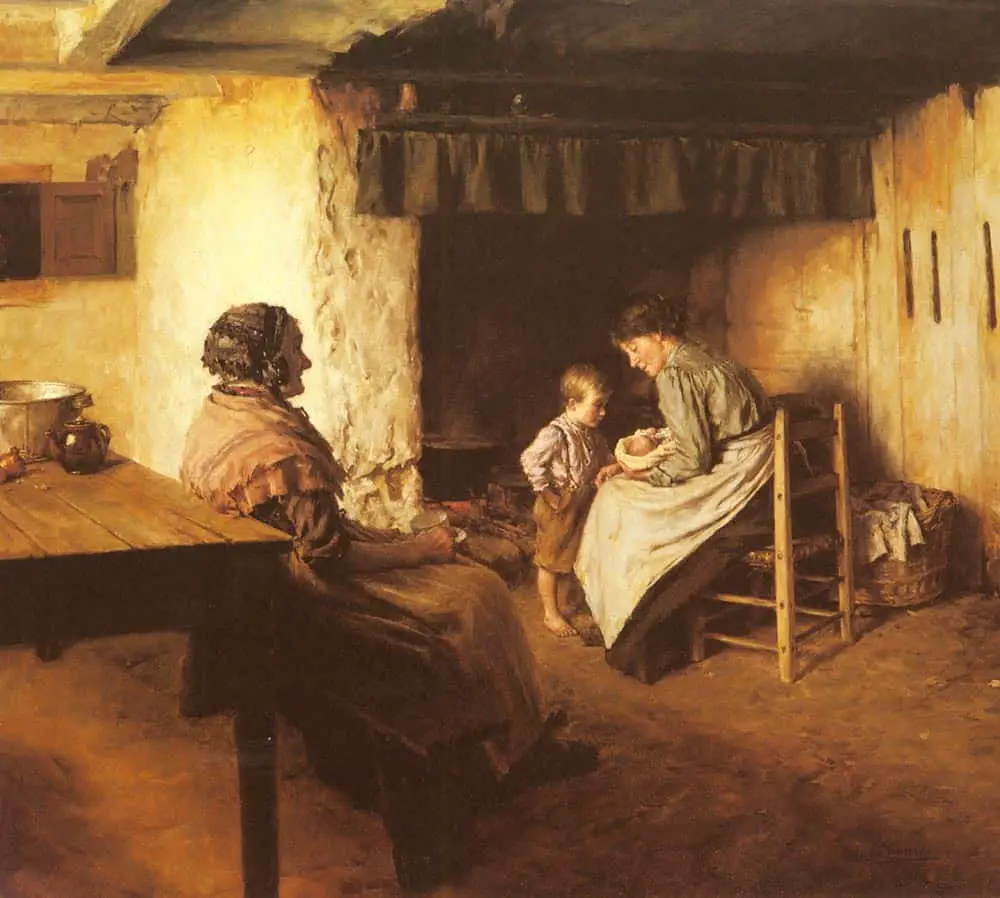
In statu nascendi is a Latin phrase and means “in a state of being born”. When a story begins in medias res (in the middle of things) and the character is given no backstory, we may say the character is presented to us in statu nascendi. Modernist writers started this trend. You’ll see it in…
-
How Pearl Button Was Kidnapped by Katherine Mansfield Short Story Analysis
“How Pearl Button Was Kidnapped” is a modernist short story by Katherine Mansfield, published 1912. At its heart, “Pearl Button” is a story about a clash of two cultures seen through a child’s eyes. This story plays out as a duality of restriction and freedom. The European settlers are restricted while the Māori people enjoy…
-
Vampire Terminology
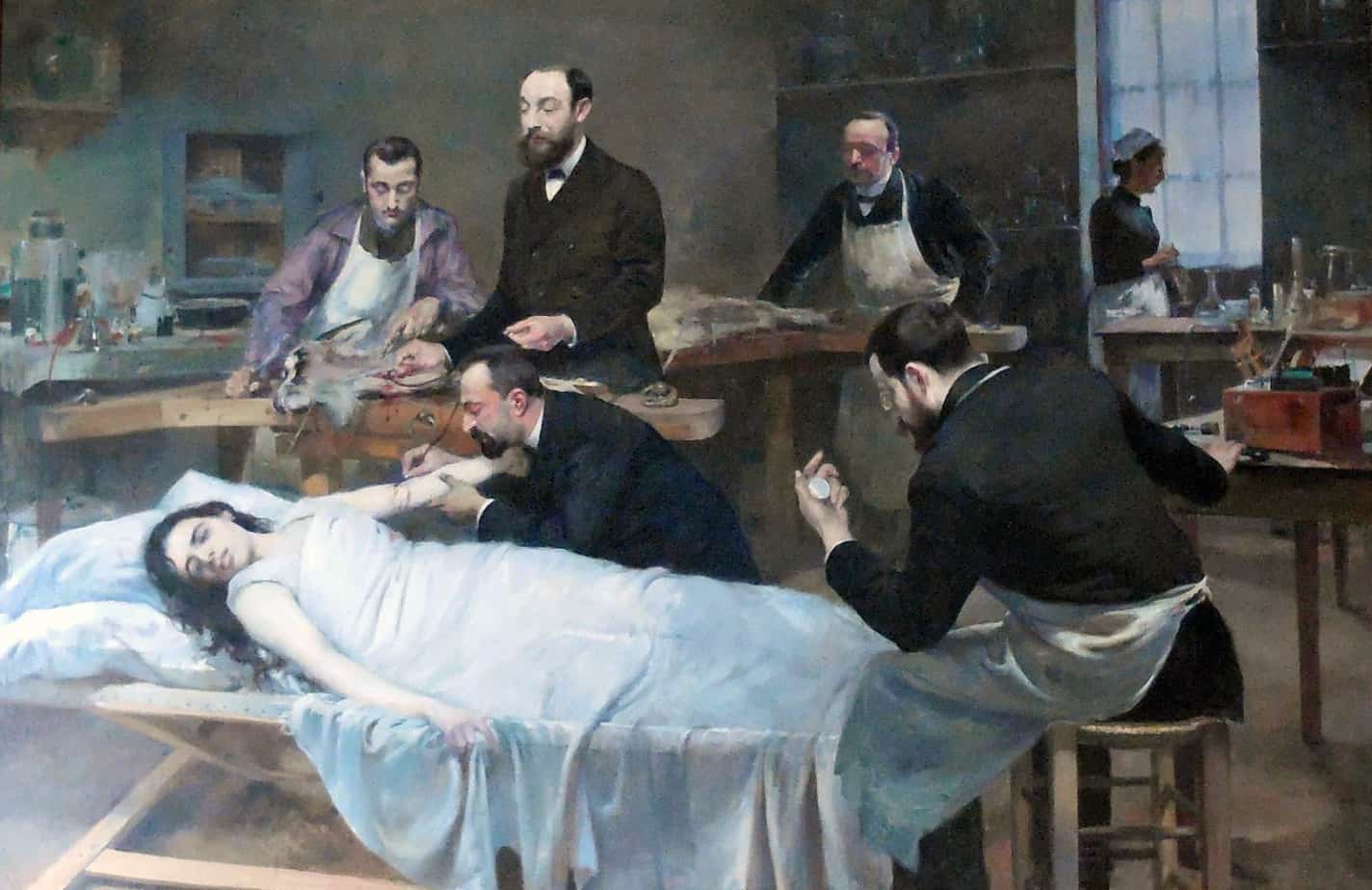
A list of words and concepts related to vampires. First, what do we mean by ‘vampire’?
-
Emotion in Storytelling: If Only!
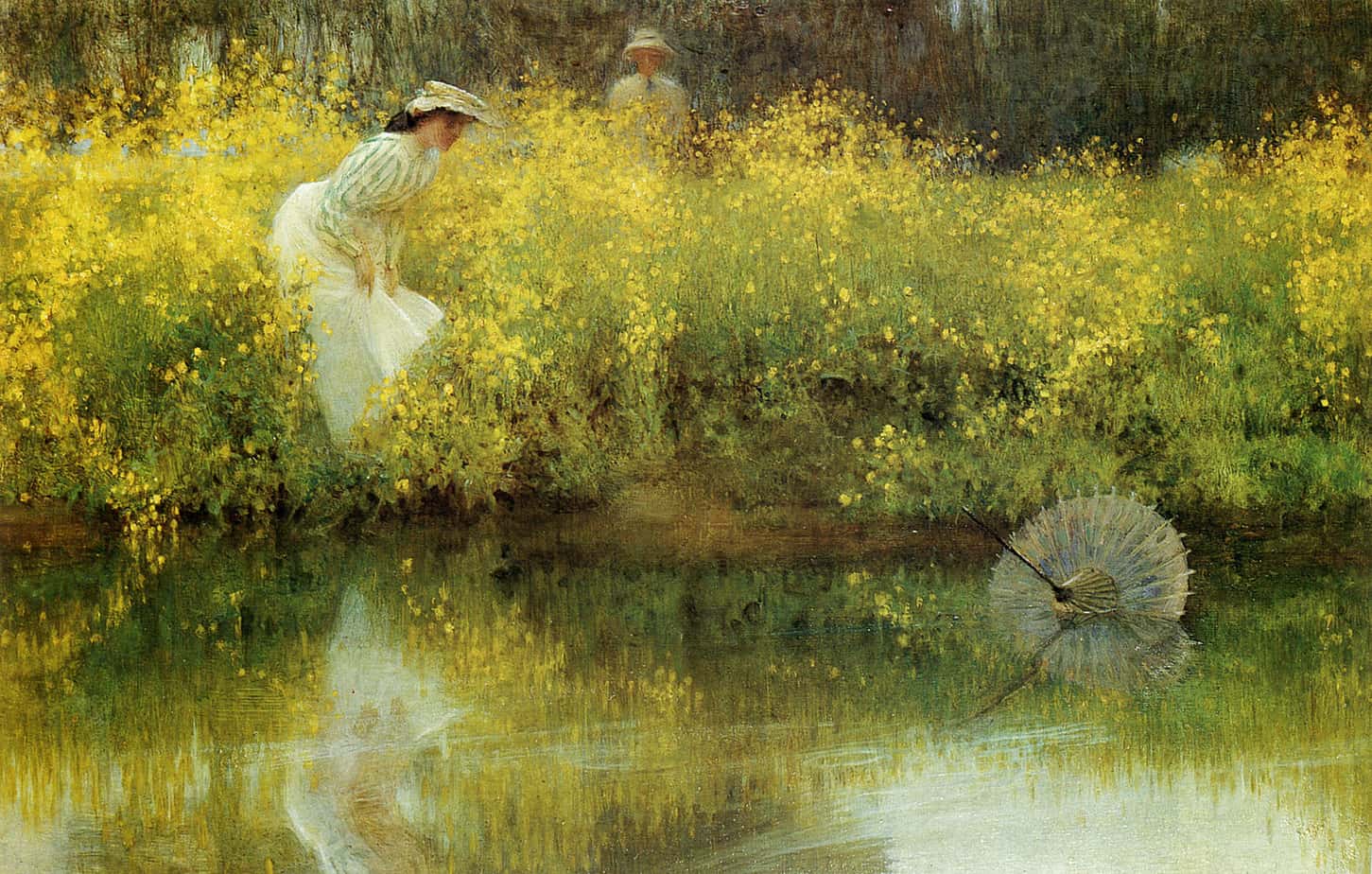
I’ve been taking notice of the stories which evoke a strong emotional response in myself, hoping to find some patterns. Sure enough, there are patterns. The ‘If Only’ story resonates especially. The ‘if only’ story evokes the emotion of regret. Saudade Saudade is a Portuguese and Galician word similar to English ‘regret’. It’s pronounced a…
-
Zombie Terminology

Why all the zombies in stories? Zombies have unlimited potential as metaphor. Historically, storytellers have used zombies to explore tensions between conservative and progressive values. The zombies themselves represent widespread cultural anxieties of their era. Some storytellers use zombie stories to reinforce the status quo while progressive storytellers use zombies to critique it. Watching the…